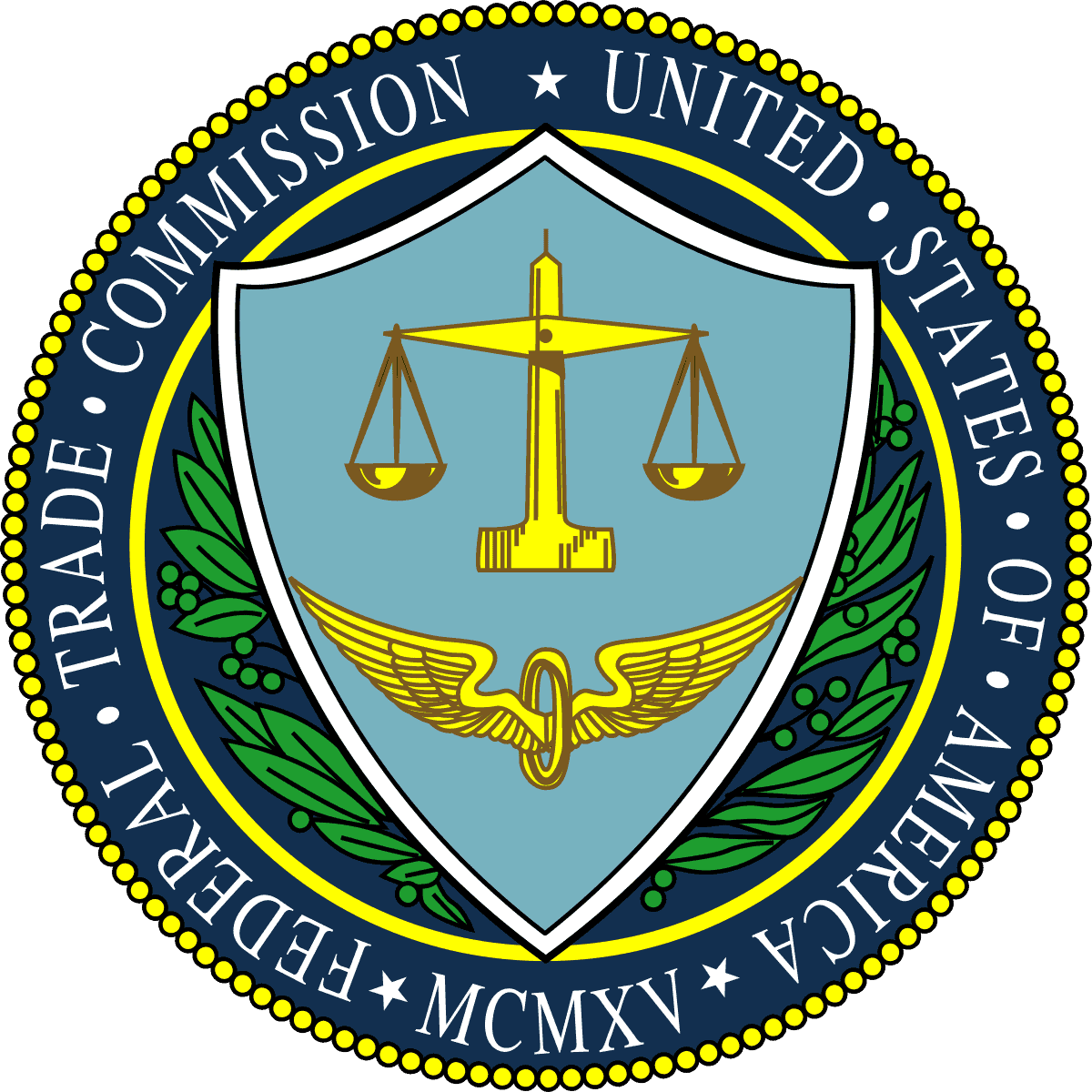Introducing Antitrust Basics

 Often, a drips-and-drabs approach to learning an issue over a period of time is as effective as a single intense cram session. To that end, this post inaugurates a series to familiarize readers over time with the basics of antitrust regulation. This is important because the current antitrust revival is reaching a fever pitch. This could have multi-billion dollar consequences in the next few years for everything from the future of 5G networks to online retail to the structure of social networks.
Often, a drips-and-drabs approach to learning an issue over a period of time is as effective as a single intense cram session. To that end, this post inaugurates a series to familiarize readers over time with the basics of antitrust regulation. This is important because the current antitrust revival is reaching a fever pitch. This could have multi-billion dollar consequences in the next few years for everything from the future of 5G networks to online retail to the structure of social networks.
The Justice Department and the Federal Trade Commission recently carved out their respective turf for upcoming investigations of tech companies. Justice will handle Google and Apple, and the FTC will handle Amazon and Facebook. Congress is also launching its own investigation. At the state level, somewhere from 12 to 20 state attorneys general are mulling their own joint investigation. Other industries from hospitals to concert tickets are also on some target lists.
Progressives have spent years advocating a neo-Brandeisian approach of more active antitrust enforcement. Now they are gaining unexpected conservative allies in President Trump and a newly visible right-wing populist movement. There has not been a major antitrust case since the late-1990s Microsoft case, but given current political winds, that may soon change.
Oscar Wilde observed that “The emotions of man are stirred more quickly than man’s intelligence.” Fortunately, it will likely be more than a year before any of the just-announced investigations result in court cases—if they do at all. That will hopefully be enough time for passions to cool, and more reasoned analysis to prevail. Part of that process is taking some time to study the main principles, history, and applications of antitrust policy.
To that end, Wayne Crews and I recently wrote a paper, “The Case against Antitrust Law: Ten Areas Where Antitrust Policy Can Move on from the Smokestack Era.” Our colleagues Jessica Melugin and Iain Murray are offering regular antitrust analysis as well. CEI also maintains a microsite, antitrust.cei.org, that collects our antitrust scholarship in one place.
This series will start with the big picture and progressively narrow down to more specific issues. Initial posts will sketch out broader themes of antitrust regulation and the main sides of the debate. After that, the series will go through a “Terrible Ten” list of failed antitrust policies that should be abolished.
Larger themes in upcoming posts include the relevant market fallacy; the importance of treating competition as a spectrum rather than an on/off switch; regulatory uncertainty; the Brandeis-era big-is-bad standard vs. the consumer welfare standard; and antitrust enforcement’s tendency to entrench incumbent companies and increase rent-seeking; and the importance of thinking long-term.
From there, we will apply those themes and principles to specific policy areas that Congress and regulators should reform. In case after case, antitrust regulation protects incumbent companies from competition, encourages rent-seeking, erodes the rule of law, and slows innovation. This is a high price to pay for a policy that also works against its advocates’ goals regarding concentrated power, economic inequality, democracy, and other values.
Given antitrust regulation’s lack of redeeming qualities, we favor abolishing it outright. Short of that, regulators and courts should defend the consumer welfare standard against neo-Brandeisian and Trumpian populism. In the current political climate, preserving the consumer welfare standard may be the best possible near-term outcome.